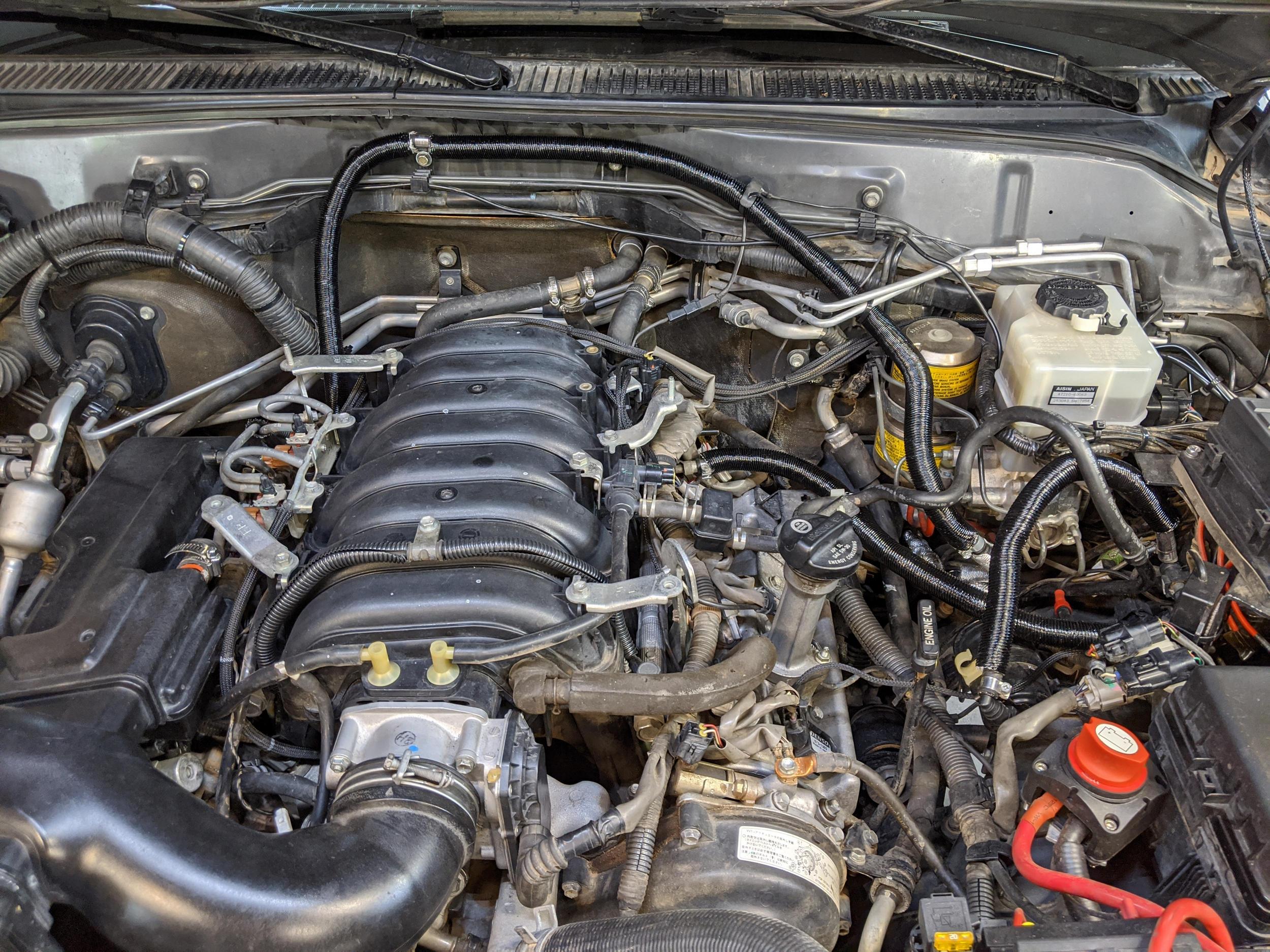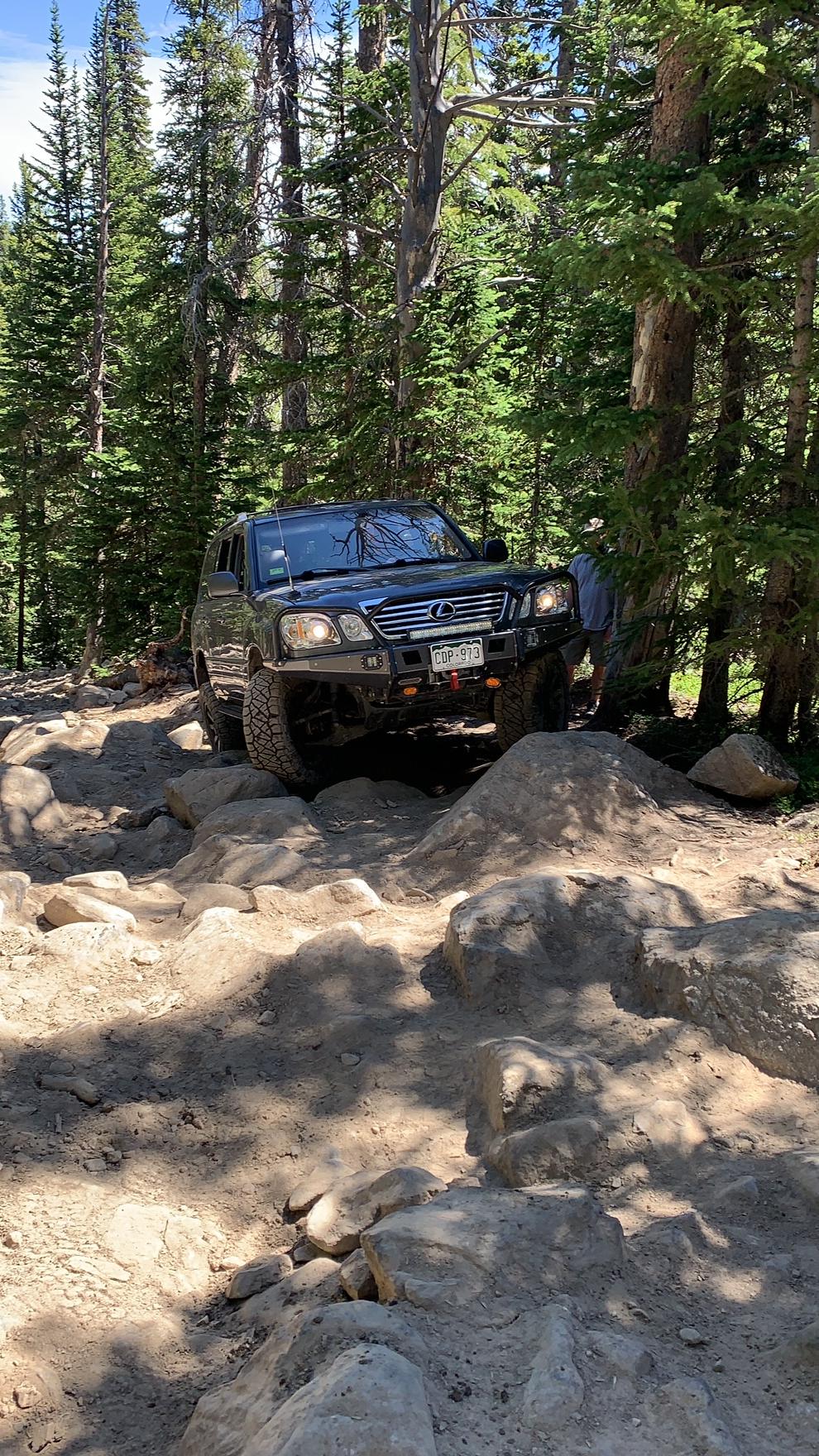Eyedaho
SILVER Star
It totally makes sense to me that there could be a failing valve messing with the system pressure. I can't imagine it being designed in a way that fuel boils out of the tank at 100F without something in the system failing.You bet. I'm hoping this is the issue for some folks because it is ridiculously easy to access and replace for the early 100s and a lot cheaper than a lot of the other stuff




 I will be replacing a few fuel and cooling related parts this weekend as it's preventative and I'm nearing 200k anyways, but will report back if there are any changes.
I will be replacing a few fuel and cooling related parts this weekend as it's preventative and I'm nearing 200k anyways, but will report back if there are any changes.